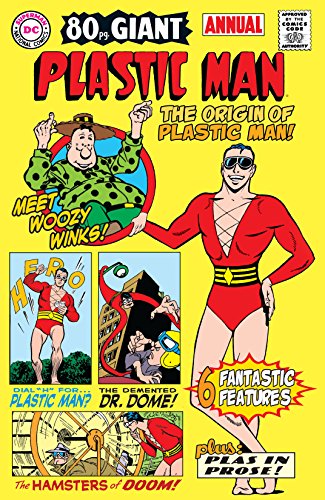Spider-Man's fought many strange foes...
...but none stranger than the dastardly, diseased TV super-villain whose only appearance was narrated by Morgan Freeman!
(Yes, that Morgan Freeman!)
See what happens when you don't get your inoculations, kids?
Marvel's Spidey Super Stories #2 (1974) takes the tv ep's script and uses it verbatim for this adaptation illustrated by penciler Win Mortimer and inker Mike Esposito.
Ensemble member Skip Hinnant (who played most of the Spidey villains as well as regular character Fargo North: Decoder) portrayed Mister Measles.
Morgan Freeman narrated all the Spidey segments (even ones where he appeared as regular character Easy Reader), including this one.
Unfortunately, there's no extant video of this segment, but the audio from it was taken and used on the Peter Pan/Power Records LP album Spidey Super Stories!
And we have it here!
Note: Spidey didn't speak in the TV episodes!
His dialogue was shown in on-screen word balloons the audience would read...sometimes out loud...sometimes really loud, as my screeching little brother did!
So, ensemble member John Boyd (who also wrote most of the Spidey segments) did the webhead's dialogue for the record album!
Also note: Power Records did combination record album/comic books so kids could read along a comic with the audio...like this!
They adapted a number of existing Marvel comic stories featuring the Fantastic Four, Captain America, Man-Thing, and others...including Spider-Man!
But the comics versions of the stories in this particular album were found only in the Spidey Super Stories comic book!
The album didn't have any comics!
Please Support Hero Histories!
Visit Amazon and Order...
(which, sadly, does not include this story)









































